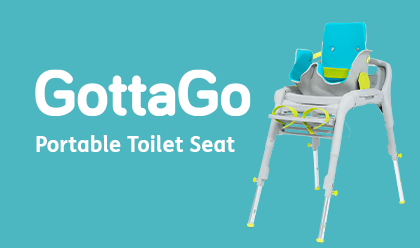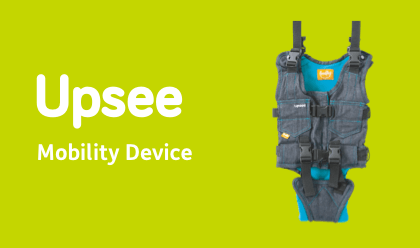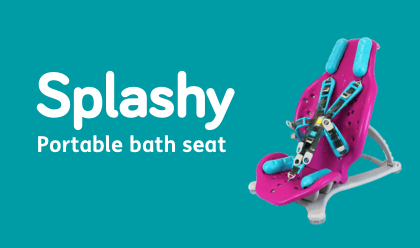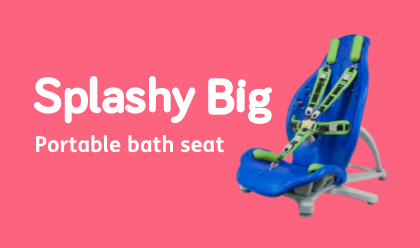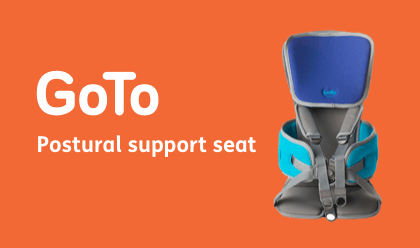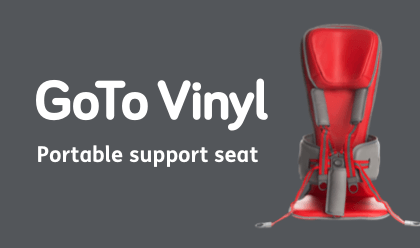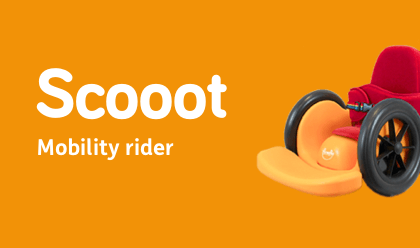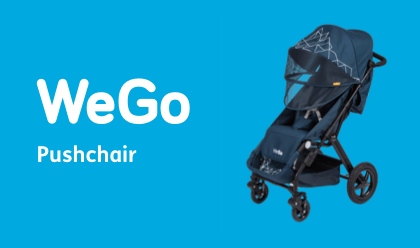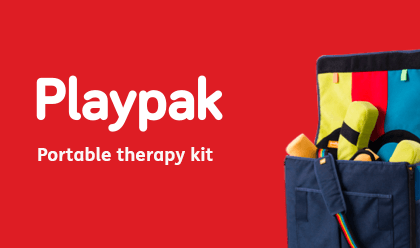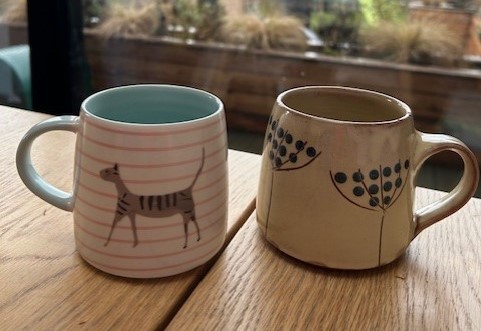Mindfulness Schmindfulness

Jo Griffin of www.affinityhub.uk and Dr Lisa Greespan of LAPIS discuss making mindfulness manageable.
Mindfulness is often touted as a ‘cure-all’ answer to many of today’s ills.
Modern life is full of stressful timetables, too much stimulation and choice and the intrusion of social media into everyday life.
It can be unhealthy and unhelpful. Finding something that helps us to navigate this is to be welcomed.
I have to confess, though, that when mindfulness is suggested a part of me despairs. I find it hard.
I’m not a naturally patient or mindful person but having recently undertaken part in a research study on Be Mindful, an online mindfulness programme -
I could see the benefits for myself and for parent carers in general.
Life can feel overwhelming managing the many varied stressors parent carers experience and any way that we can build in a little bit of me time into our lives sounds good to me.
I thought it would be useful to consult Dr Lisa Greenspan, who uses mindfulness in supporting parent carers in her work and here are her words of advice:
‘I’d like to start by relaying a couple of ideas to parents
i) being mindful is a natural process we can all do but it isn’t necessarily easy at first and
ii) practising mindfulness is not about going to a class or listening to a podcast.
So why am I saying that mindfulness can be challenging?
This is especially true when you’re first starting out, for a few reasons.
There’s the challenge of learning something new, a familiar almost childhood experience of learning a new skill and thinking everyone else can do it more easily that you can!
Fear of ‘getting it wrong’ is what we’re dealing with all the time as parents, more so if our child presents issues about which most other parents and even professionals may not be experienced.
Most of us breathe shallowly into the top of our chest or the clavicle.
This may not be an issue for you but if we’re trying to pay attention to the breath, as most mindfulness meditations suggest, you’ll find the sensation from the upper chest or clavicle to be quite weak.
It’s not that easy to pay attention to a barely detectable sensation.
Try this exercise if you like.
If paying attention to the breath is available to you, by placing one hand on the semi-circular bone just below the front of your neck and the other just below the ribcage (your center), and then try placing it lower down on the abdomen.
You may notice a deeper breath is more noticeable the further down your torso.
Experimenting with this noticing the breath idea is in itself a mindfulness exercise.
More about that in a moment.
Even if shallow breathing is not an issue and you have past experience of meditation, there are things we can tell ourselves during mindfulness that take a fair bit of our energy.
While we’re in the process of noticing our breath and a thought or emotion comes into our heads (aka being human).
Typically people can be fairly critical of themselves, employing negative self-talk such as I am ‘doing it wrong,’ ‘can’t see any changes’, or ‘can’t do it on my own’.
This natural and habitual self-talk stands in the way of self-acceptance and it’s not likely to be an overnight change to a lifelong habit in some of our cases.
We may ask how we can even make a start on this? Simply by NOTICING!
Seems circuitous but the first step is to notice any of the thoughts, feelings, body sensations that arise and to say ‘well done for noticing’ with a metaphorical or even real self-pat on the back.
Now scroll back up to the clavicle/center/abdomen breathing section. Repeat.
So paying attention to your breathing isn’t comfortable for you?
No problem, the main reason the breath is used so much in meditation is that it’s easily accessible.
But so is the feeling of the feet on the floor, the hands on the lap, the bottom on the chair.
Any sensation can be used as an ‘anchor’, the one we attend to that gives us a few seconds freedom from our usual thoughts and feelings.
Move the feet around a bit, lift the big toes on their own, try lifting the middle three toes only, use the fingertips on one hand to tap gently on the palm of the other.
Repetition of this process of noticing sensations, noticing the thoughts or feelings with a self congratulatory attitude, is all it takes. As often as you remember.
Experience the difference a little mindfulness can make in your life.’
Now that sounds possible. I hope you can make some time for yourself today.
Jo Griffin is the Founder of www.affinityhub.uk a website that signposts to emotional support for parents of disabled children.
Dr Lisa Greenspan is a Counselling Psychologist at the London Accessible Psychotherapy Independent Service (LAPIS) which provides emotional support to disabled clients and their families.
